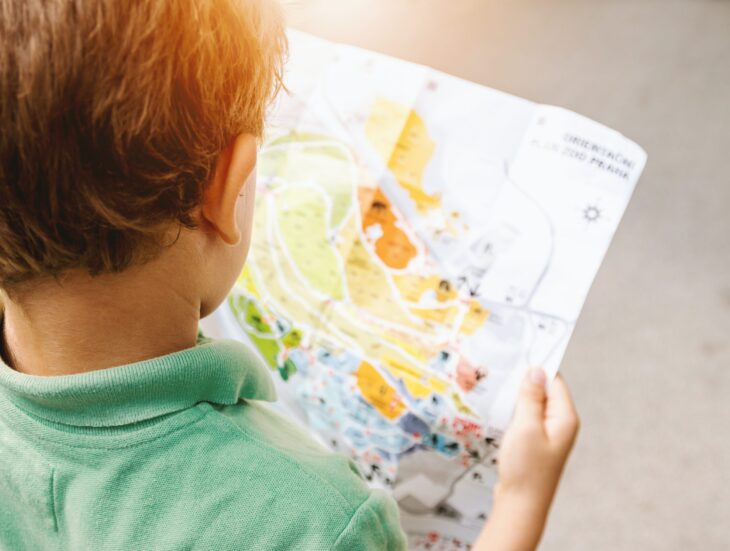
This instructional strategy is comprised of three specific steps.
Step 1. Predetermine the topic or question for the concept map. “A helpful way to determine the context of your concept map is to choose a focus question--something that needs to be solved or a conclusion that needs to be reached (Kieschnick, Bold School, pg. 124).” Teachers can help students focus their concept map by asking essential questions.
Step 2. Pull a list of key terms or ideas from the topic being addressed. Students should work to classify those key terms or ideas in some way. For example, they might identify the broadest ideas working down to the most specific details. Because students may visualize this in different ways, it is important they have the freedom to choose a tool that best supports their thinking.
Step 3. Connect concepts by creating linking concepts and words. In this step students might need language stems to support the connections they are making. For example, “is related to”, “as a result of”, “caused or causes”, “leds to”, etc.
Incorporating Digital Tools
Key Takeaways
- Concept maps are NOT graphic organizers. Instead, it is the process of organizing thoughts and key ideas.
- Concept mapping is a scaffolded process facilitated by the teacher. Teachers help students identify the relationship between key terms by asking probing questions and providing language stems.
- It is crucial to honor student voice and choice when concept mapping to support personal visualization of the connected concepts.
